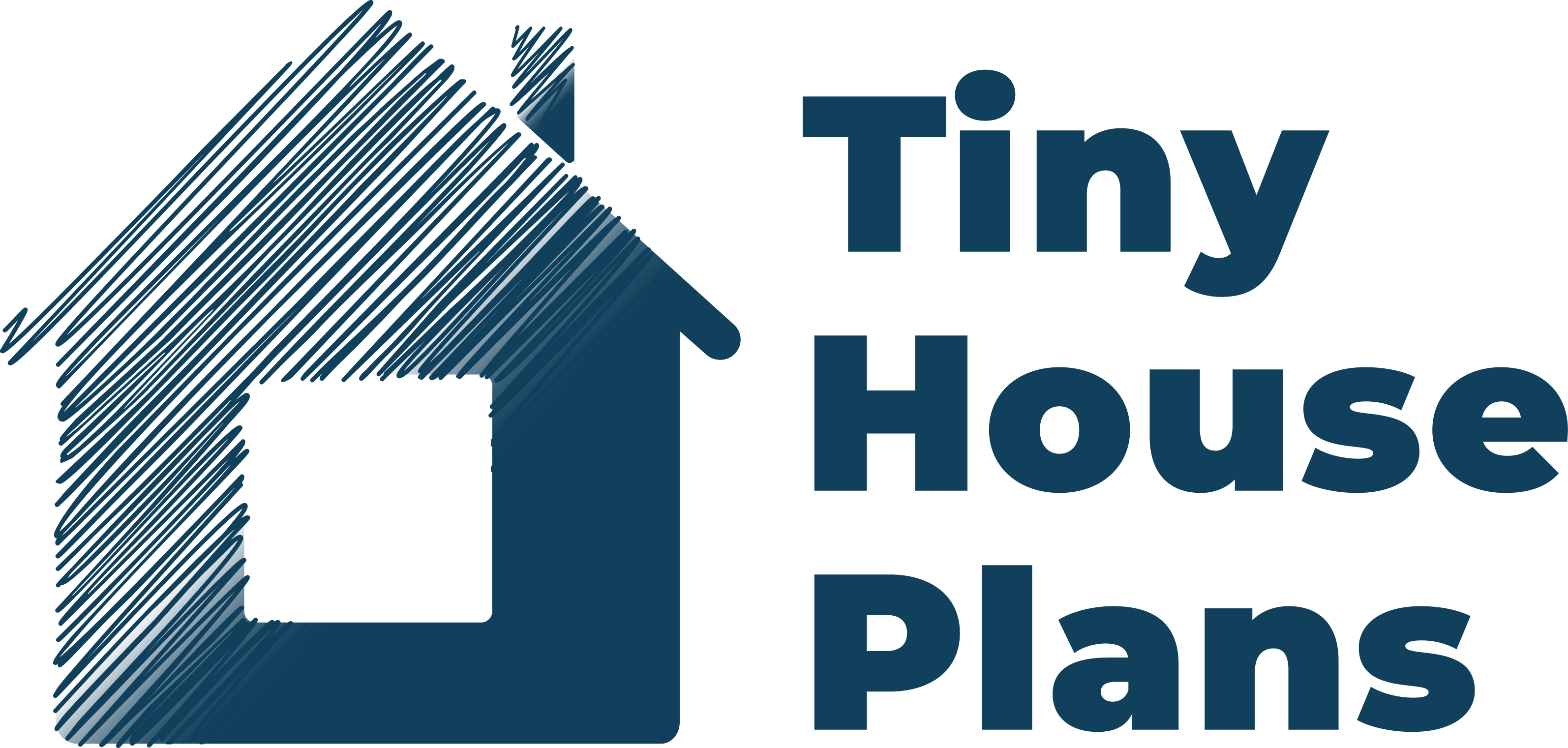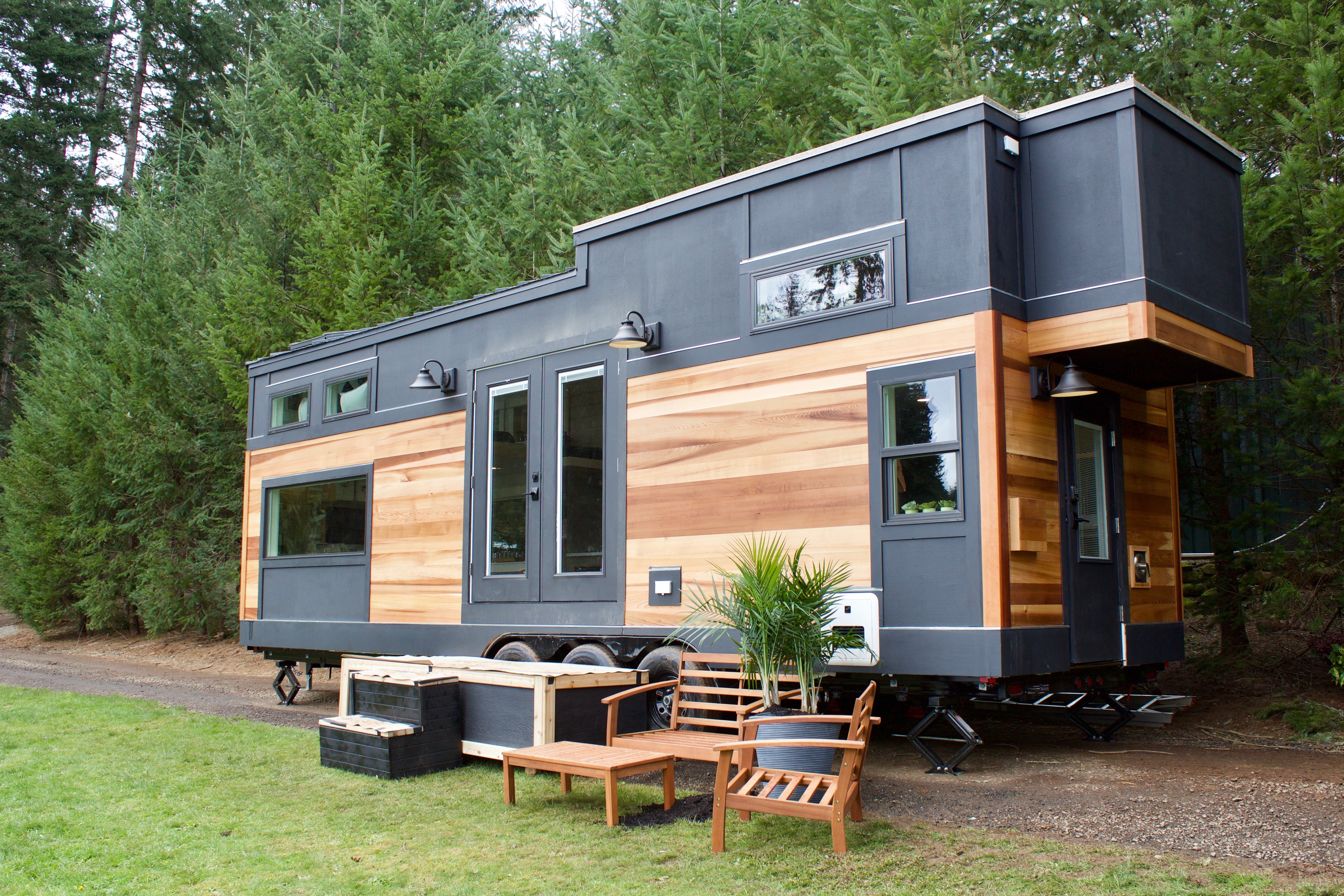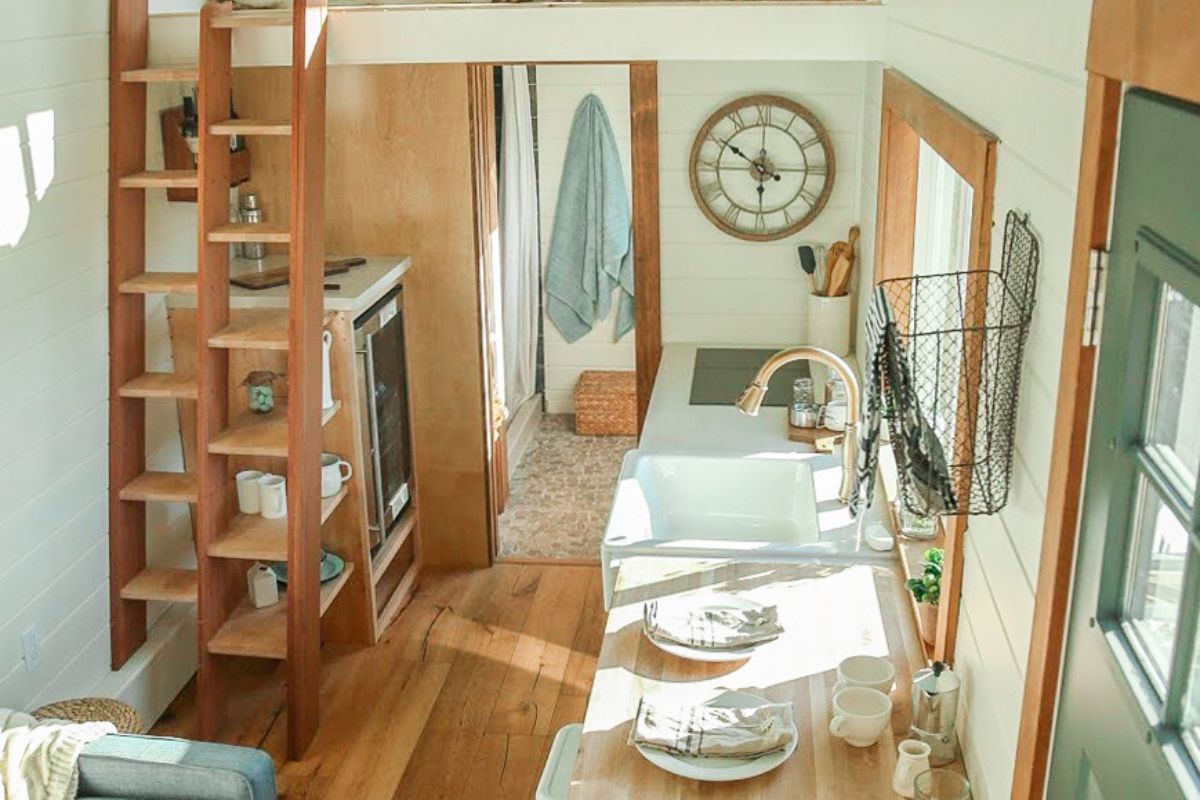Keeping your home’s air ducts clean is crucial for maintaining good indoor air quality, improving the efficiency of your HVAC system, and preventing allergens from circulating through your home.
Over time, dust, dirt, pet hair, and other debris can accumulate inside your air ducts, leading to poor air circulation and a buildup of allergens.
In this guide, we’ll show you how to clean your air ducts yourself, step-by-step, so you can keep your home’s air fresh and your HVAC system working efficiently.
Why Should You Clean Your Air Ducts?
Before diving into how to clean air ducts, it’s important to understand the reasons behind the task. Here’s why cleaning your air ducts is essential:
-
Improve Indoor Air Quality: Over time, air ducts collect dust, mold, pet dander, and other allergens. Cleaning them helps reduce the presence of these harmful particles, improving the air quality in your home.
-
Increase HVAC Efficiency: Dirty ducts can lead to blockages, forcing your HVAC system to work harder to circulate air. Regular cleaning ensures that your system operates efficiently, reducing energy bills.
-
Prevent Allergies: Dust and debris trapped in your air ducts can aggravate respiratory issues, allergies, and asthma. Keeping ducts clean can minimize these health risks.

Now, let’s go over the steps on how to clean air ducts yourself.
What You’ll Need to Clean Your Air Ducts
Before you begin, make sure you have the right tools for the job:
-
Vacuum Cleaner with Extension Hose: A high-powered vacuum with a long hose is ideal for reaching deep into the ducts.
-
Brush with Long Handle: A soft-bristled brush helps loosen dirt and dust stuck to the duct walls.
-
Cloth or Rags: Use for cleaning air vent covers and other accessible parts.
-
Screwdriver: To remove vent covers and registers.
-
Ladder or Step Stool: To reach higher vents.
-
Optional: Air duct inspection tools or a camera for thorough cleaning (can be handy but is not required).
Step-by-Step Guide on How to Clean Air Ducts in Your House
1. Turn Off Your HVAC System
First, turn off your heating or air conditioning system to ensure safety. You don’t want air flowing through the ducts while you’re cleaning.
2. Remove Vent Covers and Registers
Using a screwdriver, carefully remove the vent covers or registers from the walls or ceilings. Set them aside and clean them with a cloth or rag. For stubborn dirt, you can use a mild cleaning solution. Allow the covers to dry before reattaching them later.
3. Clean the Vent Covers
While the covers are off, use a soft brush or microfiber cloth to wipe down the interior of the vents. If there’s any visible dust or debris, gently remove it with your brush.
4. Vacuum the Ducts
Attach the extension hose to your vacuum cleaner and insert it into the duct opening. Vacuum as deeply as possible, moving the hose slowly and thoroughly to capture dust and debris. You may need to reposition the hose in multiple places to ensure you get the most out of the vacuuming.
For added suction, you can also use a brush with a long handle to loosen dust, then vacuum it up. Make sure to vacuum both the walls of the ducts and the areas that are hard to reach.
5. Clean the Return Vents
Don’t forget the return vents, which can also accumulate dust and dirt. These are the vents that draw air into the system. Clean them thoroughly using the same method as above—vacuuming and wiping down the edges.
6. Check for Any Visible Mold or Mildew
If you notice any mold or mildew inside your ducts, it’s important to address it immediately. Use a damp cloth (not too wet) to wipe down affected areas. If the mold growth is extensive, it may be necessary to hire a professional for mold removal, as improper cleaning may worsen the problem.
7. Replace the Air Filter
Once your ducts are clean, replace the air filter in your HVAC system. A clean filter helps prevent the buildup of dust and debris inside the ducts in the future. Filters should be changed regularly, ideally every 1-3 months, depending on the type of filter and the amount of dust in your home.
How to Clean HVAC Ducts: Special Considerations

Cleaning HVAC ducts can be tricky because of the complexity of the system. If you're cleaning air conditioning ducts or heating ducts, make sure to:
-
Inspect the Ductwork: Before cleaning, it’s a good idea to perform an air duct inspection to look for any visible damage or blockages in the ductwork. If you notice significant damage or airflow issues, it’s best to contact a professional.
-
Use a Specialized Brush: HVAC systems are usually designed with more intricate ductwork, so it’s important to use the right kind of cleaning tools. Brushes designed for HVAC systems are ideal for cleaning without damaging the ducts.
-
Be Careful Around Flexible Ducts: Flexible ducts can be easily damaged, so it’s essential to be gentle when cleaning them.
How Often Should You Clean Your Air Ducts?
The frequency of cleaning your air ducts depends on several factors, including the number of pets in your home, the amount of dust, and whether you have allergies. In general:
-
Every 3-5 Years: For most households, it’s recommended to clean air ducts every 3 to 5 years.
-
More Frequently with Pets: If you have pets, you might need to clean your ducts more often, as pet hair and dander can accumulate quickly.
-
If You Have Allergies: People with allergies or asthma should consider cleaning their ducts more often to maintain better air quality.
When to Call a Professional
While cleaning your air ducts yourself is possible, there are some situations where you may need to call in a professional:
-
Excessive Mold Growth: If you find significant mold or mildew in your ducts, it’s important to have it professionally cleaned.
-
Inaccessible Ductwork: If your ducts are difficult to reach or located in areas that are hard to access, a professional cleaning might be necessary.
-
HVAC Issues: If your HVAC system is not functioning properly despite cleaning, it could be due to a larger issue with the ductwork or system itself, requiring professional assistance.
Conclusion
Cleaning your air ducts is a simple yet effective way to improve your home’s air quality and HVAC efficiency. By following this step-by-step guide, you can clean your ducts yourself and keep your home fresh and healthy.
Remember to always check for mold, replace your air filter, and perform regular inspections to ensure that your ducts remain clean. If you're unsure or face any complex issues, don’t hesitate to call a professional for an air duct inspection or cleaning.
By taking these steps, you’ll breathe easier and enjoy a more efficient HVAC system in your home!





Share: